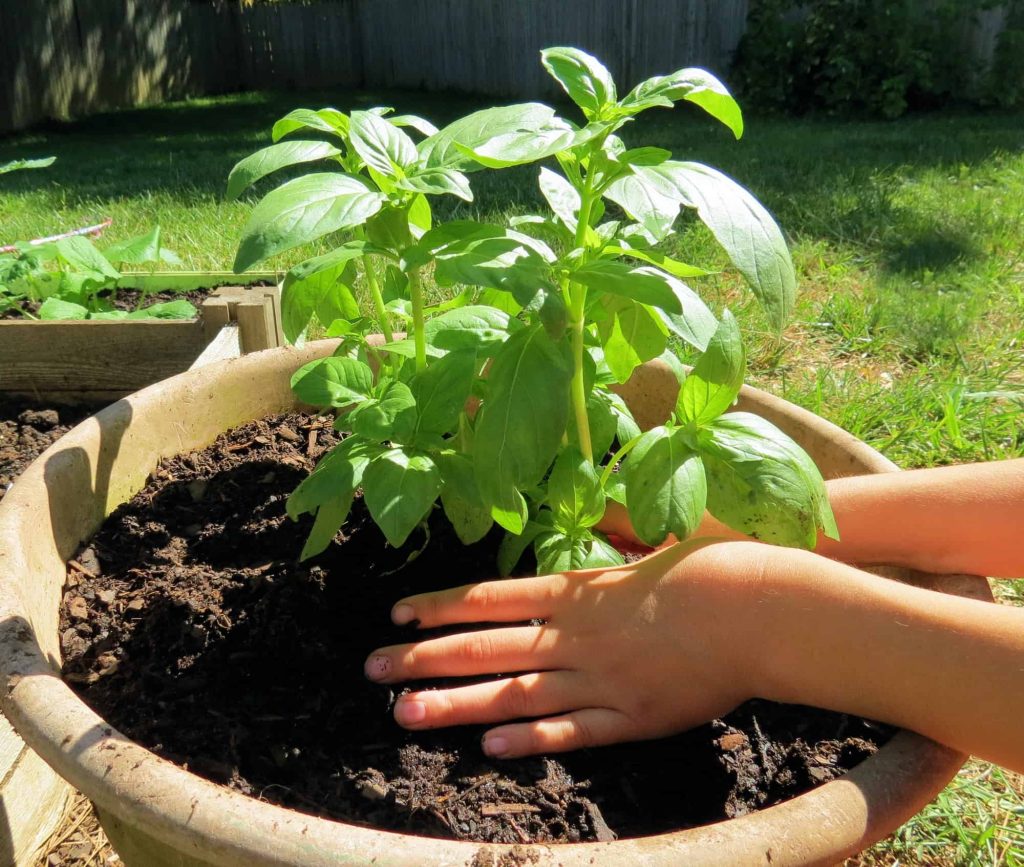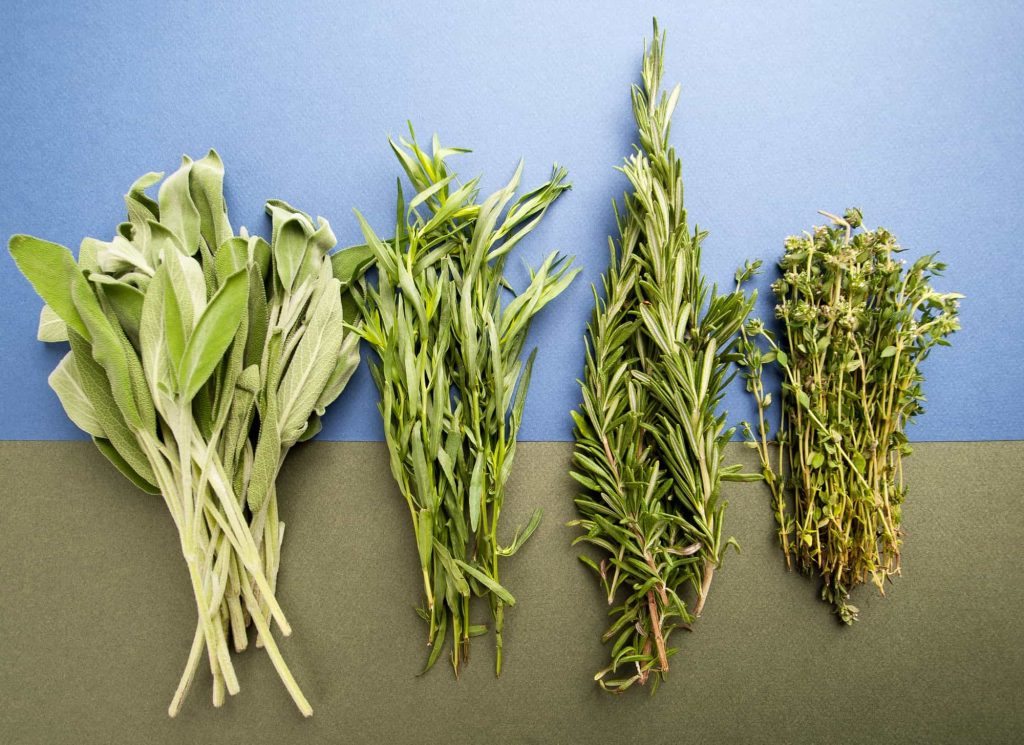Tarragon is a green herb that is highly scented, mildly minty and has a licorice flavor. It’s an herb that can be used to cook soups, sauces, chicken dishes, stews, fish, etc. It can be used when fresh or dried. Tarragon is a loved herb because of its great flavor and also because of its many health benefits.
Tarragon has many impressive health benefits, including being able to reduce blood sugar, pain, and inflammation, also improves sleep, your appetite, and also makes your heart and bones healthier. Tarragon is also very flexible/versatile and can be added to so many different foods — whether you use it when it’s fresh or dried.
When you’re out of tarragon though and are not able to get it, there are some herbs that work just as well as tarragon does and would end up giving you a great dish, after cooking.
Keep reading to find out these herbs and how you should substitute them for tarragon in your food.
Alternatives To Tarragon
Here are some herbs that are the best substitutes for tarragon.
1. Dill
This herb is used in making similar dishes with tarragon, although its strong suit is seafood. Dill is a perfect substitute if you do not want the flavor of licorice that tarragon gives off. I’d say that dill is tarragon without the licorice.
So, if you’re looking for an exact substitute to tarragon, dill might not be a substitute for you. Apart from that though, dill has the same flavor and gives off the same aroma as tarragon. You can use Dill as a substitute in your soups, stews, and sauces.
How to substitute Tarragon for Dill
- 1 tablespoon of tarragon = 1 tablespoon of dill, They can be used in an equal ratio.
2. Basil

If you’re out of tarragon, or cannot find it in the store, basil should be the next option you go for. It is an herb that works as a great alternative to tarragon, either dried or fresh. When using fresh basil as an alternative to fresh tarragon, you’d need to use twice as much.
Also, when using dried basil as an alternative to dried tarragon, use a little bit more than twice the amount that you’d use for dried tarragon, because dried basil is a little weaker, both in taste and in flavor than dried tarragon.
How to substitute Tarragon for Basil
- 1 tablespoon of fresh tarragon = 2 tablespoons of fresh basil.
- 1 tablespoon dried tarragon = 3 teaspoons and a pinch of dried basil.
3. Aniseed
This is the opposite of dill, in that, where dill doesn’t have the licorice that tarragon has, Aniseed does. In this herb, the flavor of licorice is way more than that in tarragon, so, when using it as an alternative, you’d need to use way less than what you’d normally use if making use of tarragon.
You can substitute aniseed for either fresh or dried tarragon.
How to substitute Tarragon for Aniseed
- 1 tablespoon of fresh tarragon = one-quarter teaspoon of aniseed.
To be on the safe side, taste your meal and use it till you’re satisfied with the flavor.
4. Oregano
Oregano is one herb that you’ll see almost everywhere. It can be used as an alternative to almost all other herbs for cooking. It can be either fresh or dried, and both can be used as a substitute for tarragon, but fresh oregano should always be your first choice.
Oregano is slightly bitter, and spicier than tarragon, and though this wouldn’t affect your dish in any way, it’s best you know, so, if you don’t want a spicy dish while using oregano as a substitute for tarragon, you’d use a little bit lesser than what’s required.
How to substitute Tarragon for Oregano
- Just use in equal amounts 1 tablespoon (fresh/dried) tarragon = 1 tablespoon oregano.
Remember to use a bit less if you don’t want that full burst of flavor oregano adds to foods.
5. Parsley + Cinnamon
While cinnamon is sweet and has a woody taste, parsley is mildly bitter and spicy. So the combination of these two makes a great substitute for tarragon.
Also, parsley on its own can be used as a substitute for tarragon and even though you wouldn’t get the complete flavor from it, it is still a reasonable swap. However, cinnamon on its own is not a substitute for tarragon at all.
How to substitute Tarragon for Parsley & Cinnamon
Mix equal amounts of parsley and cinnamon.
- 1 tablespoon of tarragon = 1 tablespoon of parsley + cinnamon.
- For parsley, 1 tablespoon tarragon = one-quarter tablespoon of parsley.
6. Rosemary

This is a great substitute for recipes that require dried tarragon. Although rosemary can also be used as an alternative to fresh tarragon, it is a better alternative for dried tarragon.
Rosemary is a herb from the Mediterranean family and has a minty and slightly bitter taste, making it a great substitute for dried tarragon.
How to substitute Tarragon for Rosemary
- 1 teaspoon of dried tarragon = 1 tablespoon of rosemary.
- 1 tablespoon of fresh tarragon = 1 teaspoon of rosemary.
7. Marjoram
This herb is a part of the oregano family, and although it might not give off that licorice taste that tarragon has, it is still a good substitute because it possesses all the components tarragon does, except the licorice.
How to substitute Tarragon for Majoram
- 1 tablespoon of tarragon = 1 and one-quarter tablespoon of marjoram.
8. Chervil
This is one herb that has almost everything, if not everything that tarragon has, even down to the licorice flavor.
One main difference between these two though is that chervil is more mild-flavored than tarragon. So when using it as an alternative, you need to make sure you taste your food as you’re adding in chervil so you can get your desired taste.
How to substitute Tarragon for Chervil
- 1 tablespoon/teaspoon of fresh/dried tarragon = 1 tablespoon/teaspoon of chervil.
9. Angelica
This is also a great substitute for tarragon, if you’re able to get it that is. When using this, the leaf and stem (which have that licorice flavor tarragon has) is what to use as an alternative to tarragon, and not the root.
The root is a spice and not a herb, so it cannot be substituted for tarragon.
How to substitute Tarragon for Angelica
Use the same amount as the recipe calls for tarragon.
- 1 teaspoon of tarragon = 1 teaspoon of Angelica.
In conclusion
Remember to use these substitutes in the right way so that your dish can come out tasting the way you want it. And don’t forget to try to use cinnamon alone as an alternative to tarragon without mixing it with parsley.
Once you follow all the right procedures, you can rest assured that you wouldn’t be disappointed with how your dish would come out looking and tasting, after cooking. However, after using the stated amount for how you need to substitute, taste your food and make sure you’re satisfied with how it tastes.
If you’re not satisfied, you can always add more till the taste is to your liking.
Discover mode ideas:
